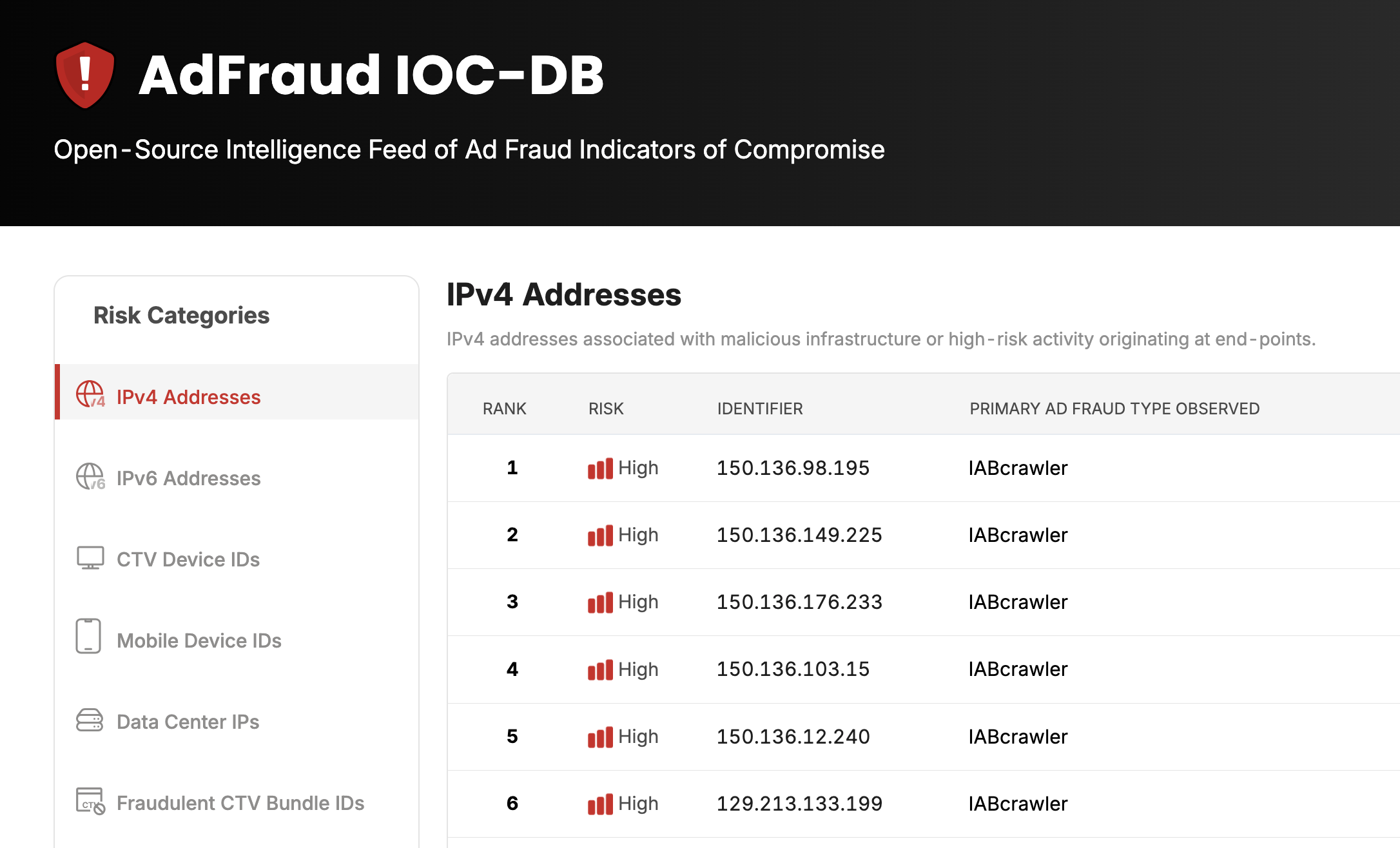Pixalate’s data science team analyzed over 94,000 CTV apps (including delisted apps) and nearly 6 billion open programmatic advertising impressions in Q1 2024 to compile the research in this series; Global estimated open programmatic CTV ad spend up +2% YoY, but APAC (+43% YoY) and LATAM (+60%) regions saw rapid growth
LONDON, 8 May 2024 -- Pixalate, the market-leading fraud protection, privacy, and compliance analytics platform for Connected TV (CTV) and Mobile Advertising, today released the Q1 2024 Global Connected TV (CTV) Ad Supply Chain Trends Report. In addition to the Global report, Pixalate also released North America, APAC, EMEA, and LATAM versions of the report.
The reports comprehensively analyze the state of open programmatic CTV advertising across North America, Asia-Pacific (APAC), Europe, the Middle East and Africa (EMEA), and Latin America (LATAM) between January 2024 and March 2024.
Pixalate’s data science team analyzed over 94,000 CTV apps (including delisted apps) and nearly 6 billion open programmatic advertising impressions in Q1 2024 to compile the research in this series. Market share of voice (SOV) is determined by calculating the percentage of open programmatic ads sold that are associated with specific device types within each region, as measured by Pixalate.
Q1 2024 Key Findings:
- $4.4 billion in estimated global open programmatic CTV ad spend, a +2% YoY growth, but down from $6.5 billion in Q4 2023
- A 12% Invalid traffic (IVT) rate was measured in global open programmatic CTV, down from 21% in Q1 2023. 12% is the lowest global CTV IVT rate measured by Pixalate since Q3 2022
- Roku maintains the highest global device market share (48%)
- Apple TV gained +54% YoY device market share and now ranks third overall (10%)
- APAC region saw a +43% YoY increase in estimated open programmatic CTV ad spend, while LATAM saw a +60% increase
- EMEA traffic had the highest rate of ad fraud and IVT (30%), followed by APAC (29%)
- Hulu grossed an estimated $419M in open programmatic ad revenue in North America, ranking first among the Roku, Amazon Fire TV, Apple TV, and Samsung Smart TV app stores
What’s in the Reports
Pixalate's Global Connected TV (CTV) Ad Supply Chain Trends Reports are a source of information for advertisers and media companies who want to understand the current state of the CTV ad landscape.
The report covers various aspects such as CTV ad spend trends by global region, CTV device market share trends, invalid traffic trends (IVT, including ad fraud). It offers insights into app store trends for popular CTV platforms such as Roku, Samsung Smart TV, Amazon Fire TV, and Apple TV app store insights, along with CTV operating system trends.
Download the Global CTV Ad Supply Chain Trends Reports:





*Key Stat #3 on Slide 4 of the Global version of the report, originally published on 5/8/2024, stated that there was a 0.2% yoy decrease in Roku market share, when it was an increase... report amended on 6/24/2024*
About Pixalate
Pixalate is a global platform specializing in privacy compliance, ad fraud prevention, and digital ad supply chain data intelligence. Founded in 2012, Pixalate is trusted by regulators, data researchers, advertisers, publishers, ad tech platforms, and financial analysts across the Connected TV (CTV), mobile app, and website ecosystems. Pixalate is accredited by the MRC for the detection and filtration of Sophisticated Invalid Traffic (SIVT). pixalate.com
Disclaimer
The content of this press release, and Global Connected TV (CTV) Ad Supply Chain Trends Reports, reflect Pixalate's opinions with respect to factors that Pixalate believes can be useful to the digital media industry. Any data shared is grounded in Pixalate's proprietary technology and analytics, which Pixalate is continuously evaluating and updating. Any references to outside sources should not be construed as endorsements. Pixalate's opinions are just that, opinions, which means that they are neither facts nor guarantees. Pixalate is sharing this data not to impugn the standing or reputation of any entity, person or app, but, instead, to report findings and trends pertaining to programmatic advertising activity across CTV apps in the time period studied. Pixalate does not independently verify third-party information. Per the Media Rating Council (MRC), "'Invalid Traffic' is defined generally as traffic that does not meet certain ad serving quality or completeness criteria, or otherwise does not represent legitimate ad traffic that should be included in measurement counts. Among the reasons why ad traffic may be deemed invalid is it is a result of non-human traffic (spiders, bots, etc.), or activity designed to produce fraudulent traffic." Certain IVT is also sometimes referred to as "ad fraud." Per the MRC, "'Fraud' is not intended to represent fraud as defined in various laws, statutes and ordinances or as conventionally used in U.S. Court or other legal proceedings, but rather a custom definition strictly for advertising measurement purposes."











